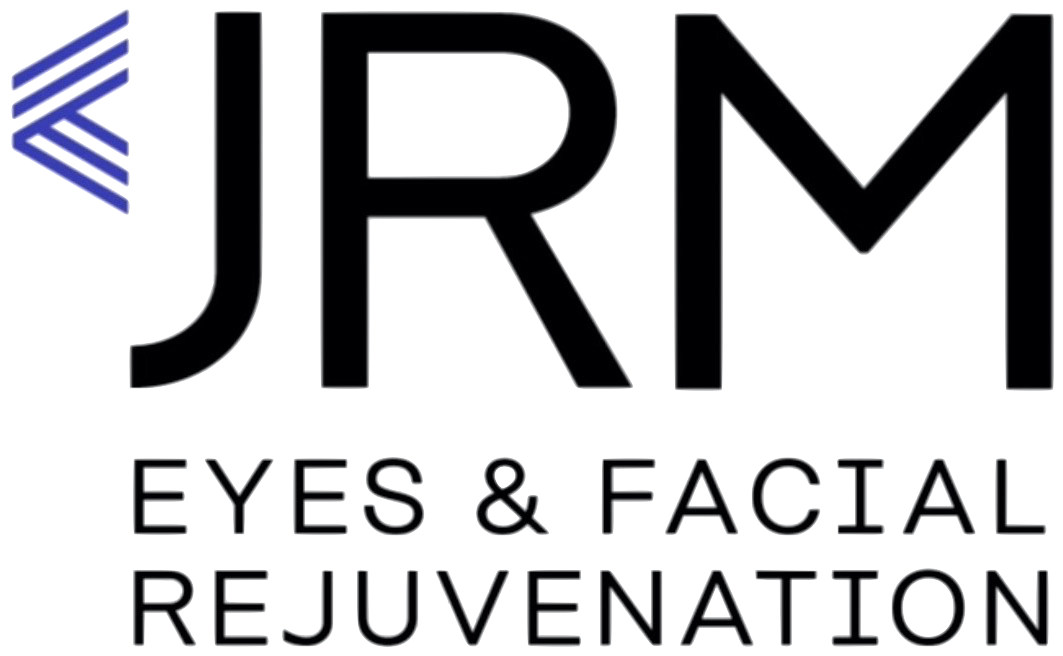
SKINCEUTICALS CHEMICAL PEELS
TARGETED TREATMENTS TO REVEAL SMOOTHER, HEALTHIER SKIN
Office-based chemical peels are essential for maintaining and restoring skin’s health and appearance. Performed by a skincare professional, these exfoliating treatments help resurface the uppermost layer of the skin to reveal new, healthy skin underneath. Chemical peels are available in a variety of formulations and concentrations to target various skin concerns including fine lines and wrinkles, blemishes, enlarged pores, and uneven skin tone.
1. Micropeel
2. Pigment Balancing Peel
3. Micropeel Sensitive Skin Solution
SkinCeuticals Micropeel
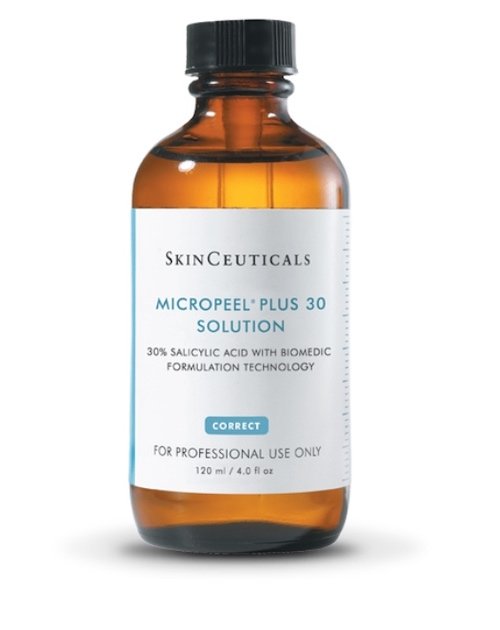
Micropeel ® Plus 30 Solutions offers a one-step chemical exfoliation with 30% salicylic acid and 3% glycolic acid plus alcohol to optimize efficacy, stability, and penetration. Ideal for oily and blemish-prone skin, salicylic acid helps dissolve sebum and cellular debris in the pores, provides gentle exfoliation, and encourages cellular renewal. With glycolic acid to improve surface texture, the appearance of hyperpigmentation, and uneven skin tone, this treatment also helps support the skin’s natural production of structural proteins.
Patients may experience light to moderate peeling as the skin’s natural renewal process occurs. Two to four treatments per year are recommended for optimal outcomes and to maintain results.
- Helps dissolve sebum and cellular debris to help improve problematic skin
- Provides thorough exfoliation and accelerates cellular renewal
- Visibly improves the appearance of pores, surface texture, hyperpigmentation, and uneven skin tone
- Supports the skin’s natural production of structural proteins
- Paraben-, and fragrance-free
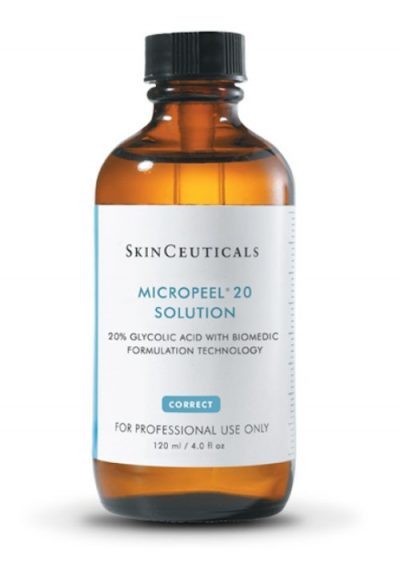
Micropeel ® 20 Solutions features an unbuffered and unneutralized 20% glycolic acid at a low pH for optimal absorption. This alpha hydroxy acid helps facilitate the skin’s natural desquamation process by weakening the bonds that hold dead, damaged cells on the surface, in turn improving the appearance of skin tone and texture. Glycolic acid has also been proven to support the skin’s production of structural proteins.
A series of four to six treatments spaced two weeks apart yields visible improvement in the appearance of fine lines, wrinkles, radiance, firmness, and overall skin health.
- Promotes the skin’s natural desquamation process and accelerates cellular renewal
- Visibly improves signs of photoaging, including fine lines, wrinkles, dullness, and uneven skin tone
- Smooths surface texture
- Treatments can be customized or enhanced with additional products and services to meet individual patients’ needs
- Paraben- and fragrance-free
SkinCeuticals Pigment Balancing Peel
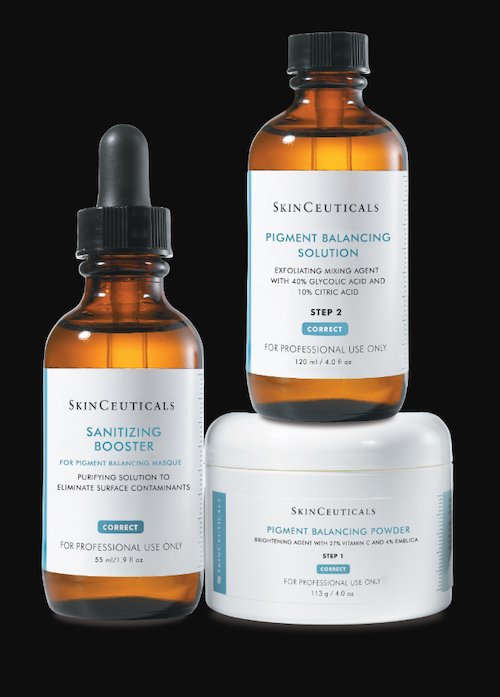
Featuring a potent solution comprised of 40% unbuffered glycolic acid, 10% citric acid, 27% vitamin C, and 4% emblica, Pigment Balancing Peel accelerates cellular renewal while improving the appearance of diffuse and localized hyperpigmentation. Ideal for oily and problematic skin types, it helps fade post-acne discoloration, reduce the appearance of fine lines and wrinkles, enhance radiance, and increase the feeling of skin firmness.
This three-step clinical treatment includes Pigment Balancing Powder, Pigment Balancing Solution, and Sanitizing Booster. A series of six treatments spaced ten days apart is recommended for optimal improvement in pigmentation.
- Exfoliates the skin and accelerates cellular renewal
- Visibly improves hyperpigmentation and visible signs of photoaging such as fine lines, wrinkles, dullness, and loss of firmness
- Helps fade the appearance of post-acne discoloration
- Paraben- and fragrance-free
SkinCeuticals Micropeel Sensitive Skin Solution
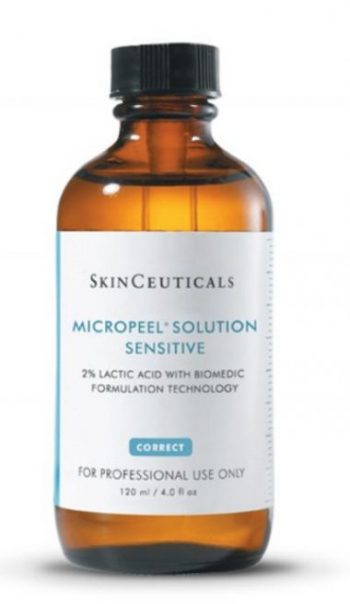
Micropeel ® Sensitive Skin Solution features niacin, lactic acid, and usnic acid to gently exfoliate while decongesting pores and increasing skin hydration. In addition to helping reduce sebum production, reinforce the skin’s barrier function, and enhance the feeling of elasticity, this unique combination of ingredients also includes witch hazel, myrtus communis, onion bulb, and sage leaf extracts for antioxidant, antiseptic, anti-inflammatory, and antibacterial benefits.
Ideal for all skin types, especially sensitive, this starter peel is part of the SkinCeuticals Micropeel ®. A series of 4-6 treatments spaced two weeks apart yields visible improvement in fine lines, wrinkles, radiance, firmness, surface texture, and overall skin health.
- Safe for sensitive skin
- Promotes the skin’s natural desquamation process and accelerates cellular renewal
- Helps decongest pores and enhance skin hydration
- Visibly improves signs of photoaging, including fine lines, wrinkles, dullness, uneven skin tone, and hyperpigmentation
- Fragrance-free
FREQUENTLY ASKED QUESTIONS
WHAT ARE CHEMICAL PEELS?
Administered by skincare professionals, chemical peels work by exfoliating the skin’s surface to reduce the appearance of blemishes, smooth skin texture, improve radiance, and restore skin health. They are most effective at enhancing cell turnover and improving the appearance on the surface of the skin.
Chemical peels come in many different strengths and acidic formulations ranging from superficial to higher penetrating peels. Some common acids in chemical peels are alpha hydroxy acids (AHAs), beta-hydroxy acids (BHAs), and trichloroacetic acid (TCA). AHAs are often used to treat signs of aging such as fine lines, wrinkles, dullness, and uneven texture. BHAs are often used to treat problematic skin concerns such as blemishes, large pores and uneven texture. TCA is often used to treat more advanced visible signs of aging and discoloration caused by sun damage, acne, or hormones. The SkinCeuticals Smart TCA Peel is formulated with 15% TCA and 3% glycolic acid to improve the look of moderate to advancing fine lines, wrinkles, and discoloration.
It is important that chemical peels are performed by a licensed skincare professional with access to high-performing peel solutions that are clinically proven to deliver results. Your skincare professional may also recommend advanced homecare products to precondition skin or extend results.
WHO ARE CHEMICAL PEELS FOR?
The depth and type of chemical peel used by a skincare professional depends on the condition of the skin, the skin’s Fitzpatrick type (skin color and likelihood to burn), and the skincare habits of the client. In general, the higher the Fitzpatrick skin type, the more caution should be exercised to avoid triggering a pigment response. For extremely sensitive skin and skin experiencing barrier dysfunction (eczema, psoriasis, etc), chemical peels are generally not recommended.
Consult with your skincare professional to better understand the most appropriate type of chemical peel for your specific skin type.
WHAT TYPE OF CHEMICAL PEEL IS RIGHT FOR ME?
Chemical peels are categorized by how deeply they penetrate the skin: superficial, medium, or deep. The type and depth of chemical peel administered will depend on your skin type, concern, Fitzpatrick type, and skincare habits.
Superficial peels penetrate only the uppermost layer of the epidermis. They are often performed in a series to treat fine lines and wrinkles around the eyes and mouth. SkinCeuticals chemical peels, found at select skincare professionals, cover a wide array of skin types and concerns and mostly fall into the superficial chemical peels category. SkinCeuticals Micropeel Sensitive is a great introduction to chemical peels. It is formulated to gently exfoliate skin, making it ideal for all skin types, especially those with sensitive skin, and has little-to-no downtime post-procedure. For acne prone skin, SkinCeuticals Micropeel Plus can help to reduce acne blemishes and help prevent future breakouts. For those looking to diminish fine lines and wrinkles and improve skin tone and radiance, SkinCeuticals Micropeel, also known as the red carpet peel, can be customized to suit your skin needs.
A medium-depth peel is more effective for patients with moderate skin damage, including age spots, freckles, and actinic keratoses. It is often coupled with laser treatments to maximize effectiveness.
Deep chemical peels are quite aggressive and affect the skin down to the reticular layer of the dermis. Traditionally performed with phenol, deep chemical peels are not very common today, as newer laser technology can deliver greater results with more control and less post-procedure discomfort.
Consult with your skincare professional to create a customized treatment plan for your specific skin needs and to understand how to maintain results with advanced homecare.
HOW DO CHEMICAL PEELS WORK?
Chemical peels improve the texture and appearance of the skin by sloughing off the outer layers of the skin. They are effective facial treatments for improving blemishes, fine lines, wrinkles, and skin tone. During the treatment, a pre-determined quantity of the peel solution is applied to the skin for a specified amount of time. This is dependent on the type of chemical peel used, the concentration of the solution, skin type, and skin’s reactivity to the treatment. This solution works by reacting with the upper layer of the skin to efficiently dissolve the bonds that bind surface cells to the skin, ultimately revealing smoother, healthier skin underneath. While some peels are self-neutralizing, most formulas need to be neutralized with a buffering solution or water upon completion of the treatment. The goal is to create a controlled, safe injury to the skin, thereby prompting skin to naturally repair itself and reveal newer, brighter skin.
The action of a professional chemical peel far outweighs the effect of an exfoliating scrub or brush. Best of all, chemical peels are appropriate for nearly everyone. It is a matter of knowing which chemical is best for your skin type and concerns.
Chemical acids are further broken down by the pH of the formulation (the lower the pH, the stronger the acidity) and the size of the molecule itself. For example, a 20% concentration of glycolic acid at a pH of 3 may be more efficacious than the same formulation of lactic acid because the glycolic molecule is smaller and better able to penetrate the skin.
Your skincare professional will be able to determine the most appropriate peel formulation for your skin type and the most effective post-procedure regimen.
WHAT ARE MEDICAL FACIALS?
A medical facial follows the same general steps as a classic spa facial, including cleansing, exfoliation, extraction, and hydration. The primary difference between these two treatments is that medical facials are performed in a physician’s office using medical-grade products and tools. The overall results are, therefore, more effective.
Since medical facials are performed within a physician’s office, the skincare professional administering the treatment is able to affect the skin at a deeper level. For example, a low concentration chemical peel may be used during a classic spa facial, whereas high-concentration, unbuffered acids can be used during a medical facial.
Medical facials are highly customizable and can be tailored to your specific skin needs and concerns. Additional treatment add-ons such a dermaplaning may be incorporated to physically exfoliate the top layer of the skin and enhance the absorption of the chemical peel solution.
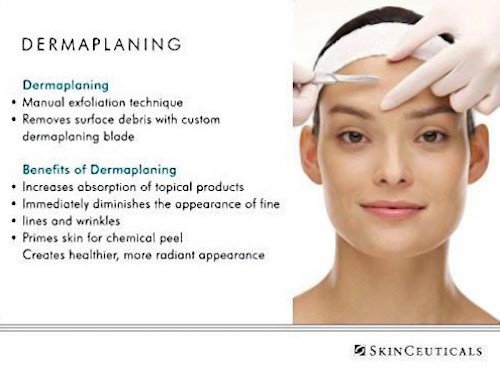
WHAT WILL I EXPERIENCE DURING A CHEMICAL PEEL?
Even a superficial chemical peel may produce a tingling sensation on the skin. However, this mild discomfort will typically subside once the peel solution has been neutralized. Deeper peels can feel quite active and may require the application of a numbing cream beforehand. In general, skin accustomed to the use of acids will tolerate stronger formulations.
A superficial peel can produce some redness, similar to a mild sunburn, which may last 3 to 5 days. The more intense medium and deep peels will result in noticeable redness, swelling, blistering (in the case of deep peels), and/or peeling for 7 to 14 days. Deep chemical peels may also require bandages to be applied for a few days following treatment, along with prescribed painkillers to manage the discomfort.
Immediately after a chemical peel, skin becomes more photosensitive. It is absolutely necessary that a broad spectrum sunscreen is applied daily post treatment, and that sun exposure is avoided or kept to a minimum.
WHEN SHOULD I GET A CHEMICAL PEEL?
When and how frequently a chemical peel is administered will vary according to the depth and concentration of the peel. Superficial peels can become part of an ongoing monthly skin maintenance program. Medium depth peels are generally done in a series of 3-6, while a deep peel may only be done once or twice a year. Any peel series should be done under the guidance of an experienced medical aesthetician or dermatologist.
Due to the exfoliating nature of chemical peels, skin may become more susceptible to damage from environmental aggressors immediately post treatment. It is essential that a broad spectrum sunscreen is applied daily and diligently. Your skincare professional might also recommend an at-home skincare regimen to help maintain the results of your chemical peel.
During times of increased UV exposure or activity, deep chemical peels or a series of medium depth peels should be avoided, as they will yield high sun-sensitivity in skin. Superficial chemical peels or lighter exfoliating agents are preferred.
WHERE SHOULD I GET A CHEMICAL PEEL?
Although commonplace, chemical peels are strong and can have the potential for negative and unanticipated results. This may include scarring, swelling, infection, or discoloration. A consultation with a trusted aesthetician or cosmetic doctor is the best way to introduce chemical peels into your skin maintenance regimen. Your skincare professional will work with you to determine a chemical peel treatment plan customized to your skin needs, and may recommend a pre and post-treatment regimen to help prime and protect skin.
SHOULD I INCORPORATE AN AT-HOME SKINCARE REGIMEN?
It is recommended to incorporate an at-home skincare regimen after chemical peels; always consult with your physician for individual at-home advice.
